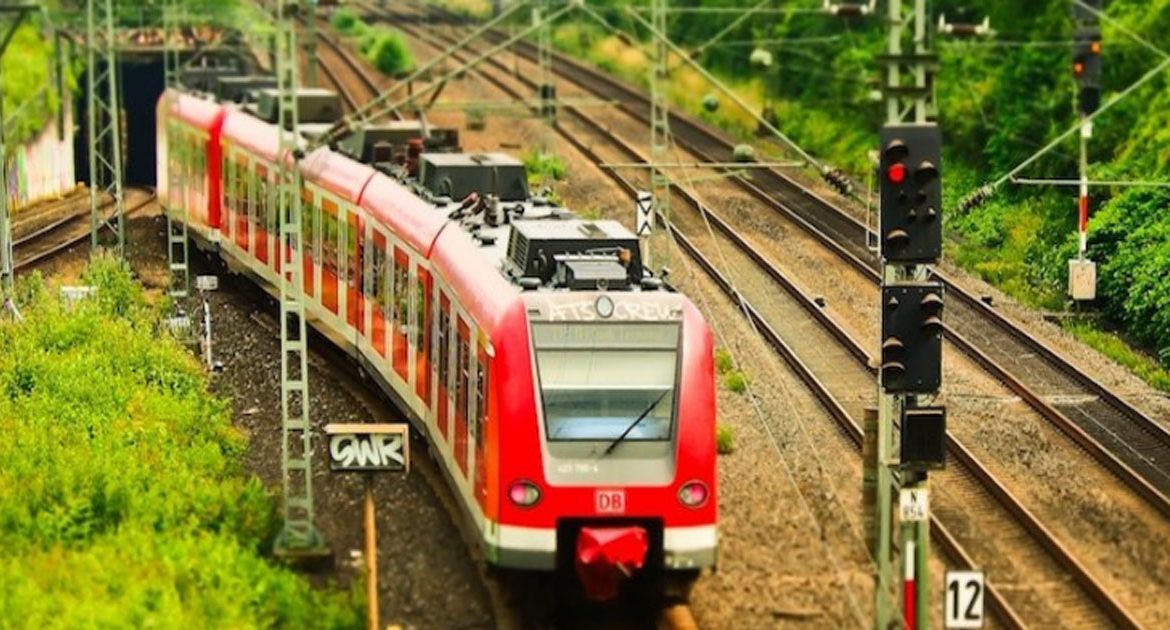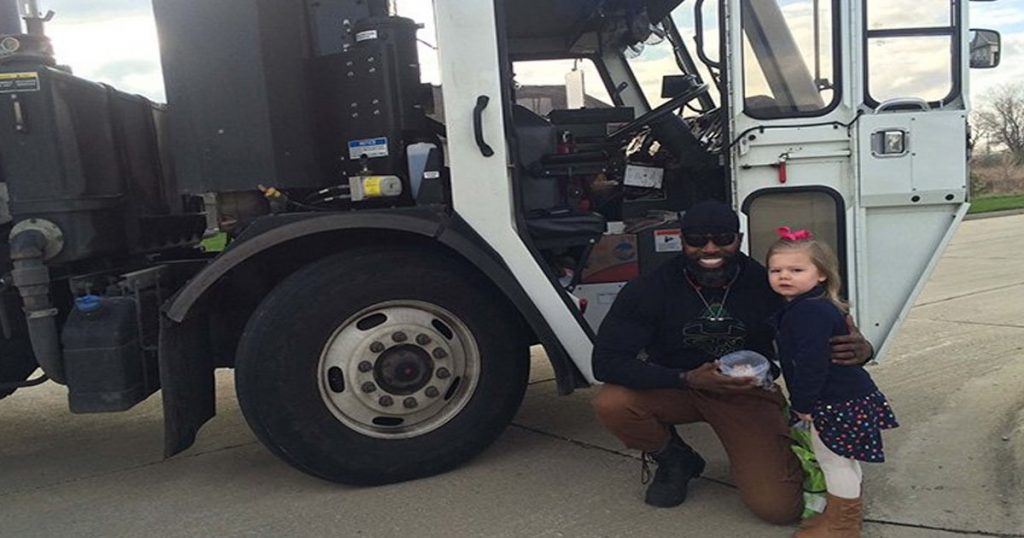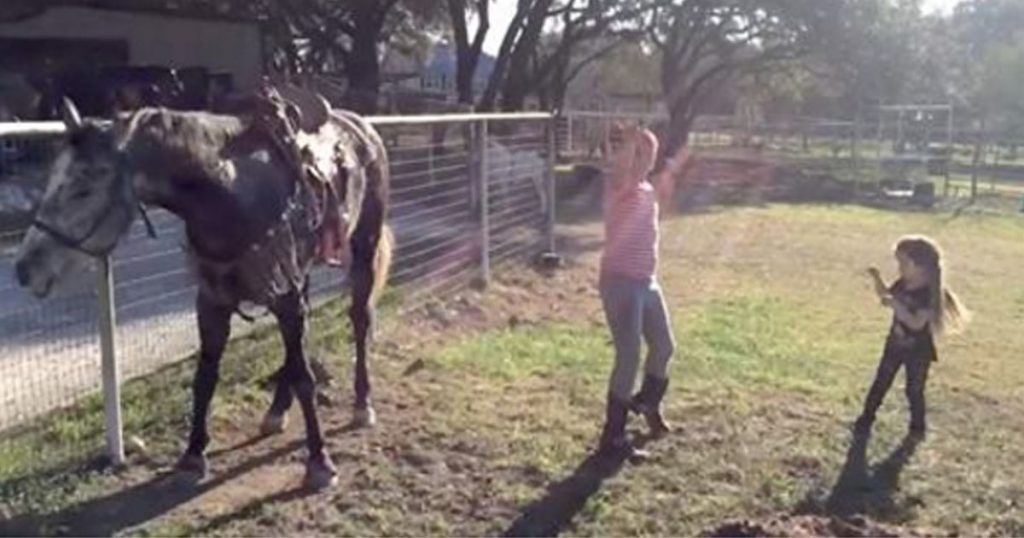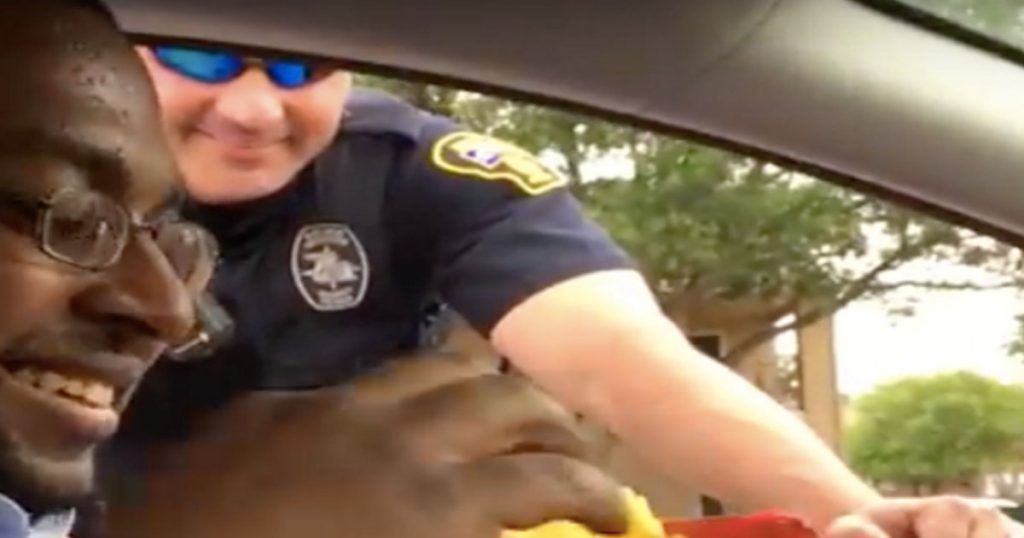When it comes to math problems, I don’t necessarily have a great track record.
That said, I like to think that my math skills at least measure up to the average elementary schooler. I’m sure most grownups feel the same way!
Recently, though, it’s becoming more and more clear that there are some puzzles and problems that kids simply have an easier time with, like this infamous school bus puzzle.
The latest viral stumper taking over the internet is geared at kids in the UK’s equivalent of first grade, and it involves the number of passengers on a train pulling into the station.
Kids reportedly have no difficulty with the train problem, but adults aren’t faring so well. The puzzle was designed for the fresh eyes of 6 and 7 year olds, so maybe all of us grownups are just overcomplicating things!
Check out the problem below, and let us know if you were able to solve it!
‘The Train Station Problem’
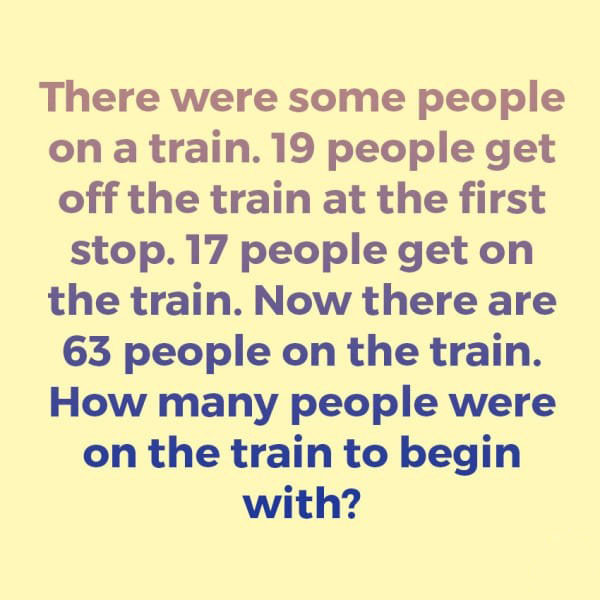
This challenging puzzle first started circulating as a photo of a Year 2 math workbook from the UK.
People were immediately impressed by the complexity of the word problem for such young kids.
Kids that are considered “Year 2” in the UK school system are 6 or 7, because the UK doesn’t have kindergarten. That makes them roughly the same age as first graders in the U.S.
People were even more impressed when they read the problem, detailed above, and quickly realized that even grownups were having a hard time with it!
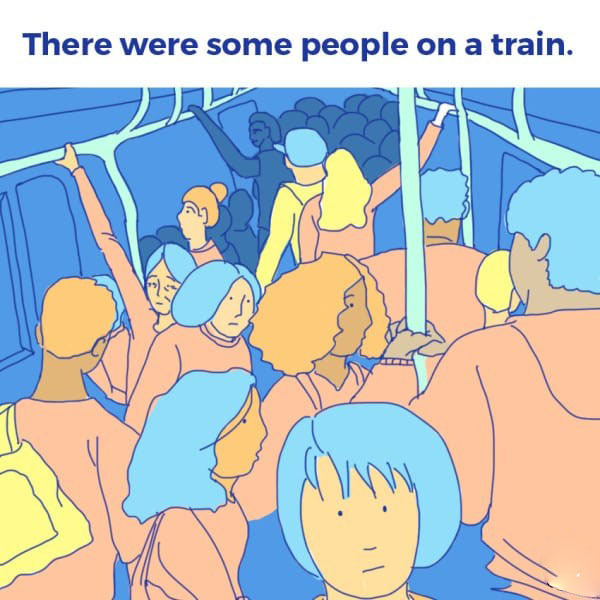
We know that there are “some” people on the train, but we don’t know how many there are, and there’s no way to tell from the wording of the problem at this point.
We get our first clue when the train pulls into the station.
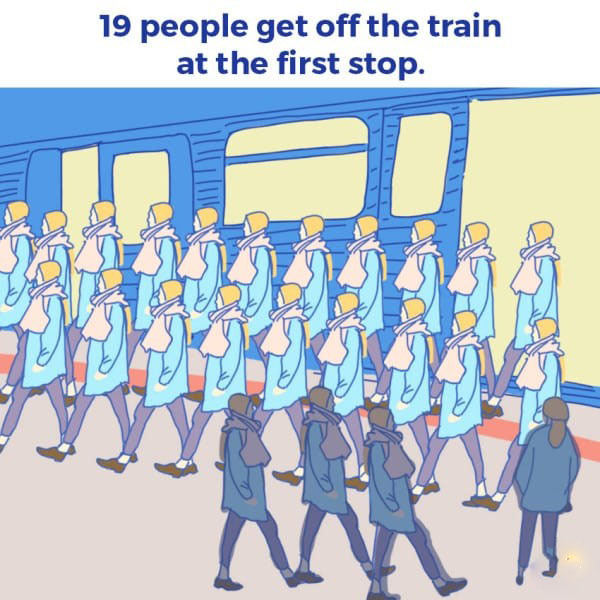
When the train reaches its first stop, we get our first concrete number.
We are told that 19 people get off the train.
Obviously, this means that there are 19 fewer passengers on the train itself.
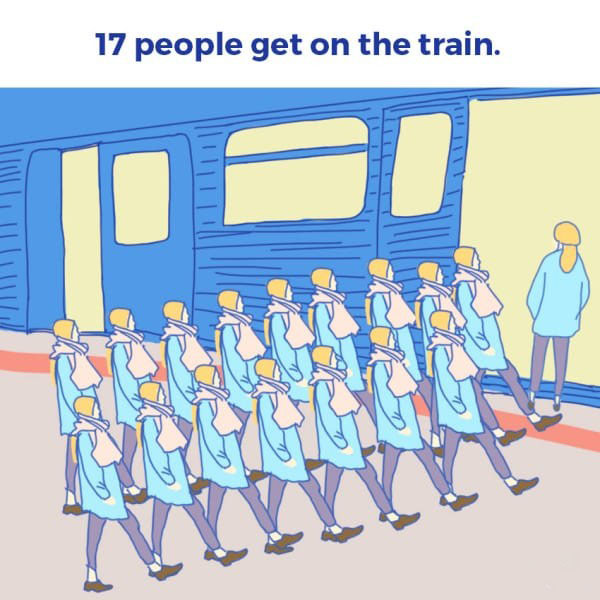
Once those passengers have left the train, we know that 17 new passengers get onboard.
Now there are 17 new passengers added to the population of the train car.
Both addition and subtraction of passengers has occurred, which complicates the problem somewhat.
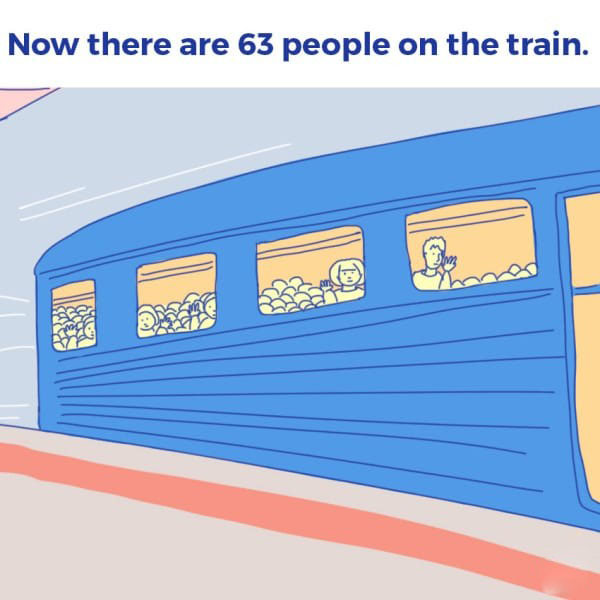
Of course, there’s no way to solve the problem without one last, crucial piece of information: the number of people now on the train.
The word problem tells us that there are now 63 people on the train following the subtraction of 19 passengers and the addition of 17 passengers.
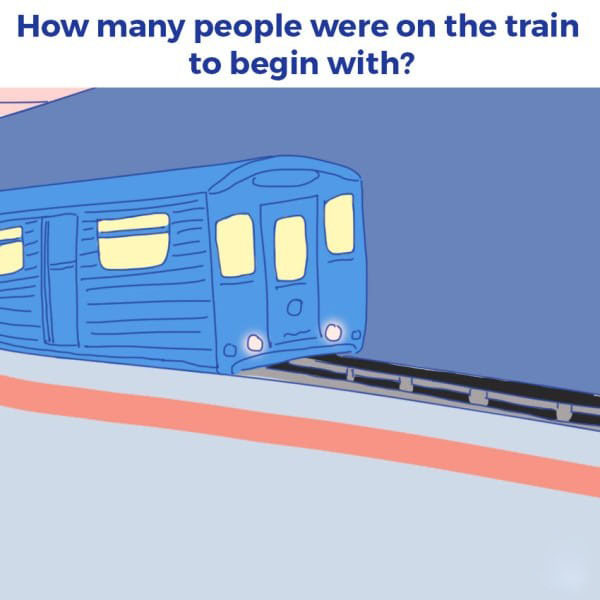
The final statement of the word problem gives us all the information we need in order to finish the puzzle.
There are a two different ways to arrive at the answer:
1.) You can work backward from 63, and subtract the 17 passengers that came on, then add the 19 passengers that left, until you are back at the original number.
2.) Or, for a bit of a shortcut, you can find the difference between 19 and 17, and add it to the 63 people we have after everyone has gotten off and on the train.
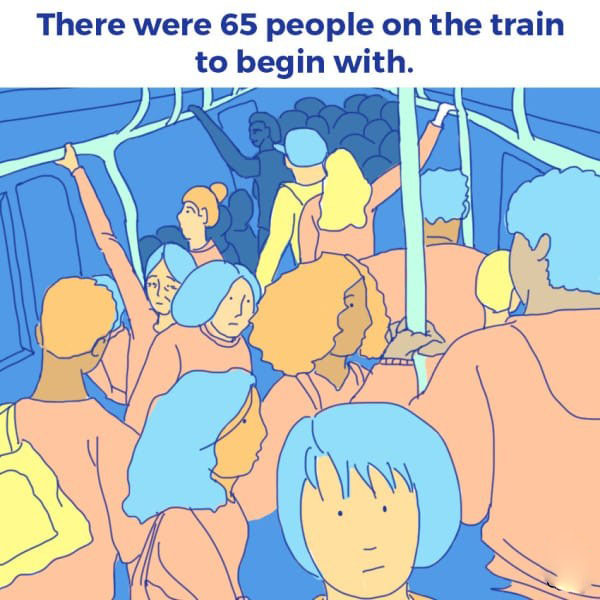
Whichever method you use, you end up with the same answer: 65!
If there are 63 people on the train after 19 people have gotten off, and 17 have gotten on, there must have been 65 people on board when the train first pulled into the station.
Seems pretty simple, right?
Well, some people were confused by the phrasing and thought that the question was asking how many people were on the train while it was in the station.
These people simply subtracted 17 from 63, arriving at the answer that there were 46 people on the train originally.
While the “46” interpretation gained some steam, the correct answer given in the book is 65, despite the confusion.

Did you get the right answer? Don’t forget to SHARE the puzzle to see if your friends can figure it out!
